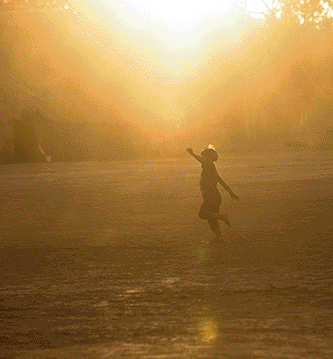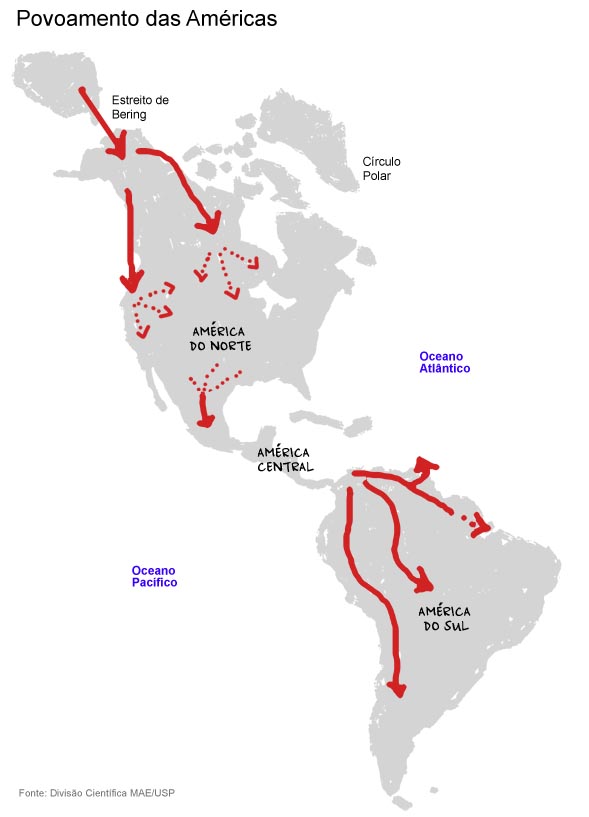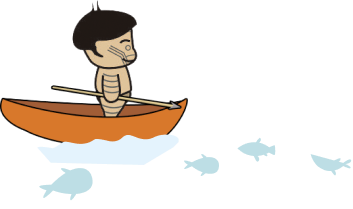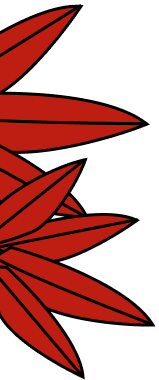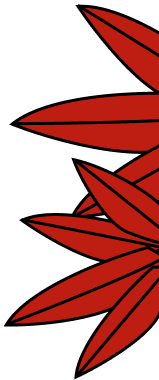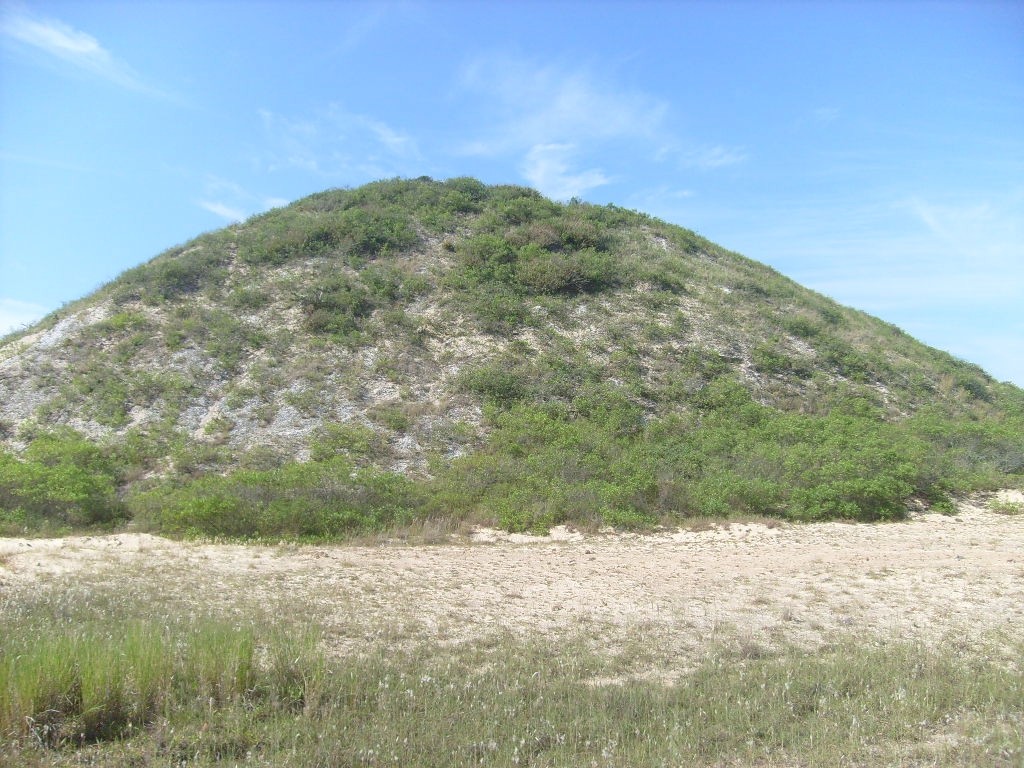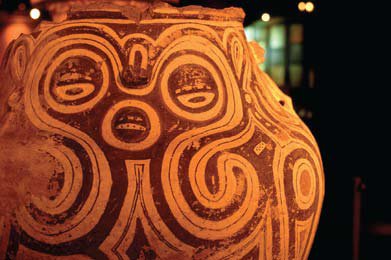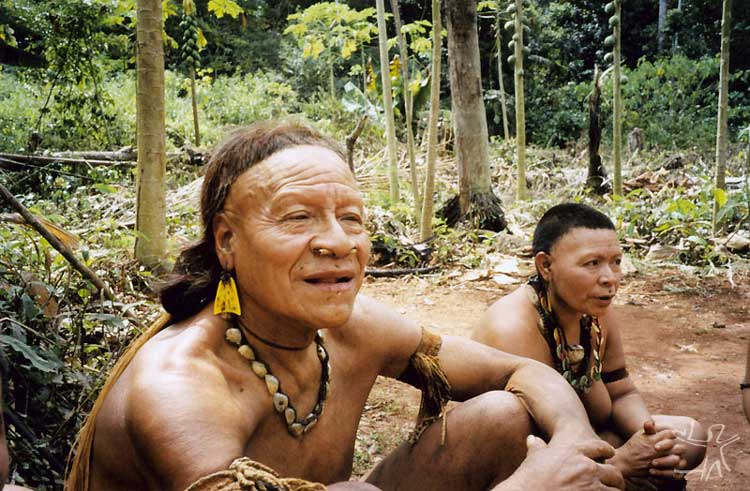Many indigenous peoples divide up the work that needs to be done between men and women. In other words, some things are done only by women and other things are done only by men.
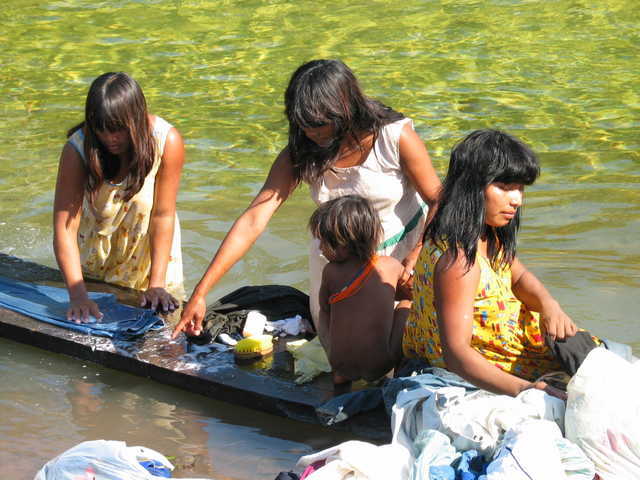
Not all indigenous peoples divide up their work in the same way. However, women are generally responsible for preparing food, looking after children and some gardening jobs. Meanwhile cutting down the forest to make clearings for gardens, hunting, warfare, and other activities are left to the men.
It is important to point out that the activities carried out by each gender (feminine or masculine) make up a whole. Together they ensure a good quality of life for everyone in the community.
What would an indigenous family have to eat if the men didn’t go out to hunt? And how would they eat without the work the women put in preparing food?
Men and women work together on their cultivated clearings, and also making hammocks, stools, houses, canoes, and other things needed for day-to-day life such as clay pots, baskets, bows, arrows. The work everyone does is important for the whole community.
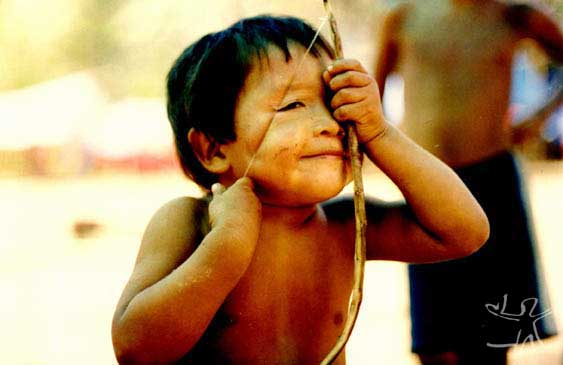
From when they are young, children learn how to do everyday chores. You will usually see a girl helping her mother, or a boy working alongside his father. The children often make small versions of objects being made by adults.
Playfully imitating things done by older people is one of the ways that boys and girls learn to do things they will need to do for real later in their lives.
Who does what among the Araweté?
- The Araweté live in the Brazilian State of Pará. They speak a language from the Tupi-Guarani branch of the Tupi linguistic family. They hunt and grow food, and live in one village near to the Ipixuna river inlet.
From when they are teenagers all Araweté have their own bows and arrows. And they like to be seen with them! They carry them as they go about the village, and proudly hold them at festivals. Both young and old men spend a lot of time making and mending bows and arrows. They make three types of arrows. One is for hunting big animals. The other two are used for hunting birds, fish and smaller animals.
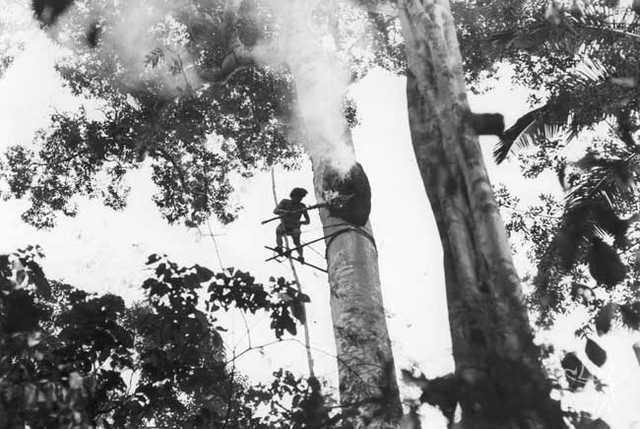
Photo: Eduardo Viveiros de Castro, 1982. At the time of year when there is honey to be found, men go out to look for beehives in trees. Their journeys into the forest are lively and entertaining, with lots of talk and playing about along the way. Even though the women are not responsible for finding honey, it is important that they go on these trips too. This means they can gather leaves from açaí palm trees to make yiyipe (containers that honey can be put into.) They also go looking for Brazil nuts.
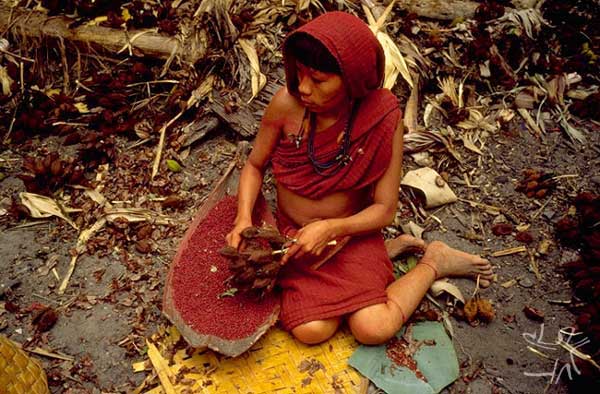
Photo: Eduardo Viveiros de Castro/ISA. During a normal day, Araweté women will spend several hours spinning cotton threads to make hammocks and clothes. Araweté clothes include head cloths, slings for carrying babies and sashes and skirts worn from childhood. The women are also in charge of making paint from urucum seeds. This is used to dye cloth red and also as face-paint.
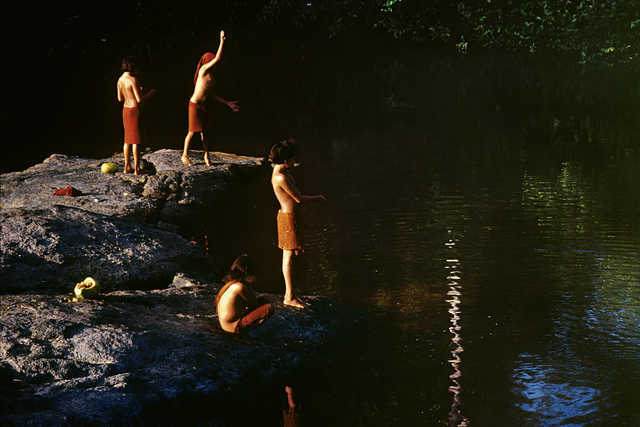
Photo: Eduardo Viveiros de Castro/ISA. Araweté women, together with the children, also harvest maize cobs and make manioc flour. And it is normally them, together with both boys and girls, who go fishing with lines and bows and arrows (rather than using timbó.)
Whether they are playing or not, all the members the community - children, adults and teenagers - do some form of work. Each form of work complements the others. And everyone participates in producing what is needed in the life of the community.
Who makes cotton among the Panará people?
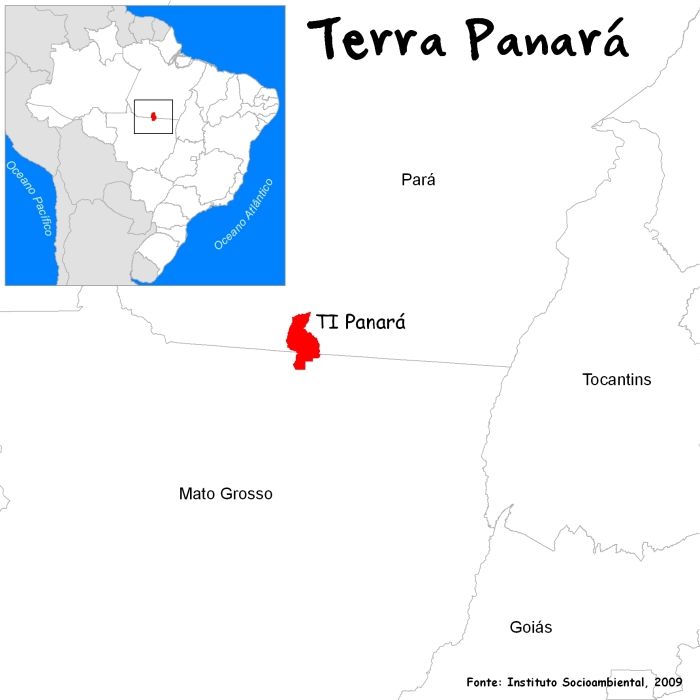
Source: Instituto Socioambierntal, 2009. The Panará, who are also known as the Krenakore, lived for twenty years in the Xingu Indigenous Park, in the Brazilian state of Mato Grosso.But recently they managed to regain their old territory, where they have built a new village. Their land is in the states of Mato Grosso and Pará. The Panará speak a language from the Jê linguistic branch.The following text is taken from the book Ecologia, Economia e Cultura (2005). It speaks of the importance of women in making cotton.
Dividing up work among the Kisêdjê
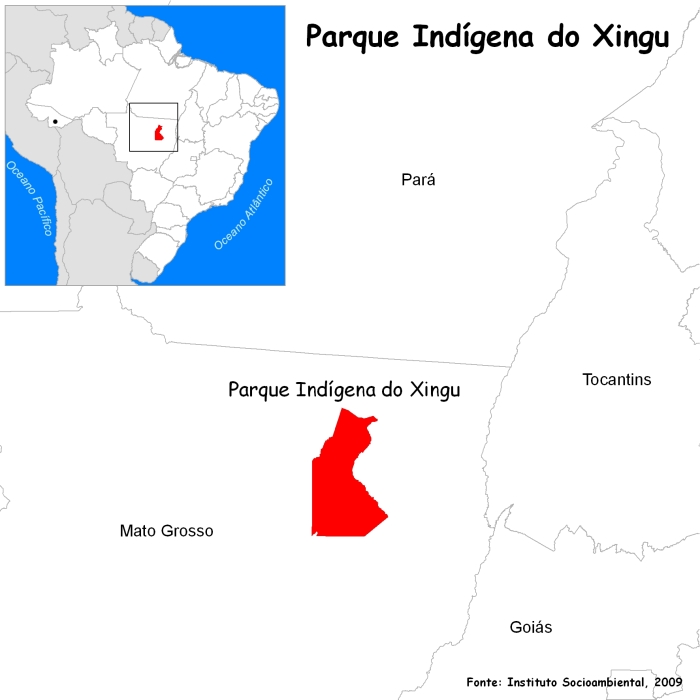
Source: Instituto Socioambiental, 2009. The Kisêdjê, are also called the Suyá. They live in the Xingu Indigenous Park. Among them, the men and the women do very different types of work.
The text below was taken from the book Geografia Indígena (1996). It describes what the men and the women do in a Kisêdjê village.
How do the Kisêdjê make polvilho manioc flour?
To make polvilho first you have to grow manioc roots. Everyone has their own part to play in the growing. Men prepare the ground for planting. They cut down the forest, burn it and do the planting. Women collect the manioc and carry it to the village.
The text below was taken from the book Saúde, Nutrição e Cultura no Xingu (2004). It describes the different roles of men and women in the preparation of polvilho manioc flour.
Sources of information
Women are in charge of the cotton!
We plant seeds to grow cotton. The cotton plant is small. It takes about a year to start producing cotton.
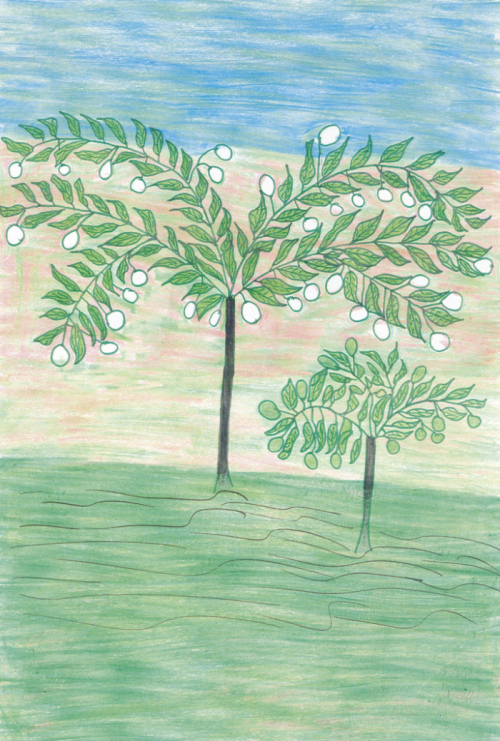
Source: Ecologia, Economia e Cultura (1), 2005. Atix/ISA. When a cotton plant starts to produce little cotton fruits, the woman looks after it in exactly the right way. To make sure the plant doesn’t die, the area around it has to be weeded. The woman is in charge of the cotton.
Cotton plants are grown in a garden very close to home. The woman will walk there and only pick the little cotton fruits that are ready for making thread. She doesn’t have to cut the plant. She just takes the fruit. If you cut the plant, you lose the natural resource. The women spin the cotton into thread and the men use the thread to make headdresses.
Long ago, we used a lot of cotton to make belts and arrows. My people, the Panará, always stored cotton seeds to plant in the rainy season. The old Panará people used cotton when they had no contact with non-Indians. Until today, we use cotton for making headdresses, baskets, arrows, belts, necklaces and earrings.
Long ago, we always stored cotton seeds so that we wouldn’t run out of this natural resource. Women always look after our cotton very carefully, so that we keep producing it. If we don’t look after it properly, the cotton seeds go bad. Then you can’t grow any more. That’s why my people have always looked after it like they do.
Text of Krekreasã Panará
A village in the Xingu
We live in a village. Each group in the Xingu region has customs that are different from the customs of others.
In our villages, men and women have jobs to do, but they are not the same.
The men’s jobs are: making canoes, bows, arrows, clubs, houses, headdresses, stools, oars and frames to dry manioc pulp on. They work in our gardens, cut down trees, plant, fish, fetch firewood, cut back grass and bushes, hunt, split wood, fetch honey from bees’ nests, cut manioc bushes and do other jobs.
The women make many things: hammocks, matting to squeeze manioc pulp, manioc bread, food and necklaces. They clean houses, grate manioc, and carry manioc back from their fields on their heads. Sometimes the men help with this carrying.
The chief always receives visitors to the village. If he is not there, then his representatives receive visitors instead. They have to show them respect and talk with them.
Not just anyone can go up to a visitor and invite them to their house. It has to be the chief, or one of his representatives.
In the centre of the village is a small house where only men are allowed to go. Sometimes women can go in. But there has to be a piece of news that is very important for everyone.
The little house is where the men meet. Sometimes they make handcrafts. Sometimes they make food, or something else.
Women sometimes meet together. They make food, drink and the things they are responsible for. But the little house belongs to the men.
The village holds one festival when the women and the men dance together. There are other festivals that women are not allowed to see. There are also games in the rain.
(text of Kaomi Suyá)
O polvilho da manioc
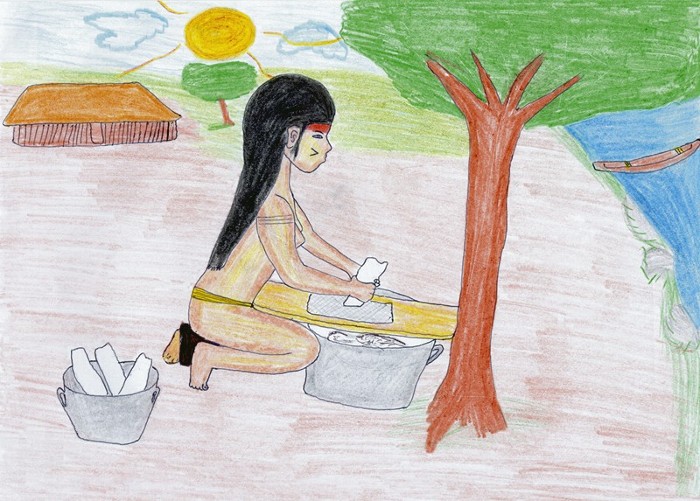
Source: Saúde, Nutrição e Cultura no Xingu. Instituto Socioambiental (ISA), Associação Terra Indígena do Xingu (ATIX)e Imprensa Oficial, 2004. I will describe a bit about polvilho, which we keep to eat during the rainy season. In the dry season, the women grate the manioc so that the polvilho can be dried. They collect the manioc between May and July.
OMen make the baskets to store the dry polvilho in. This polvilho lasts a whole year.
The women use it to make beiju, porridge. And they mix polvilho with sweet manioc and other foods.
That’s how we Suiá make polvilho every year.
(text of Nhokretxi Suiá e Pepotxi Suiá)
- Associação Terra Indígena do Xingu (ATIX) e Instituto Socioambiental (ISA)
Ecologia, Economia e Cultura - livro 1 (2005).
- Associação Terra Indígena do Xingu (ATIX) e Instituto Socioambiental (ISA)
Geografia Indígena (1996).
- Eduardo Viveiros de Castro
Araweté: o povo do Ipixuna (1992).


 Portugues
Portugues
 German
German
 Spanish
Spanish
 Norwegian Bokmål
Norwegian Bokmål
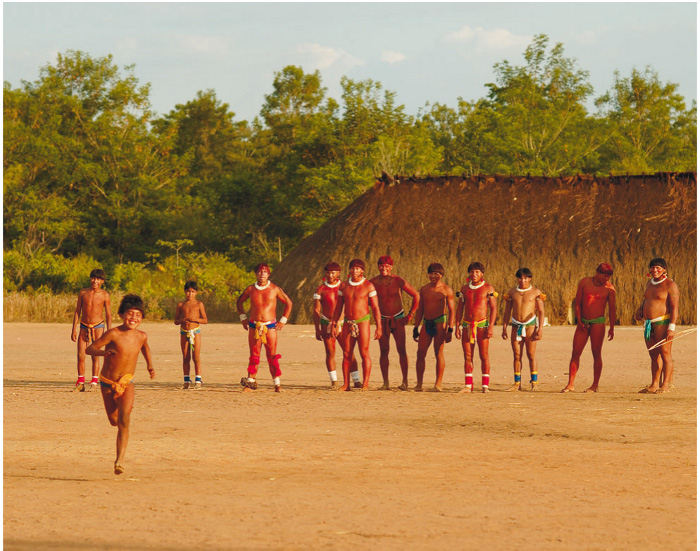 Games
Games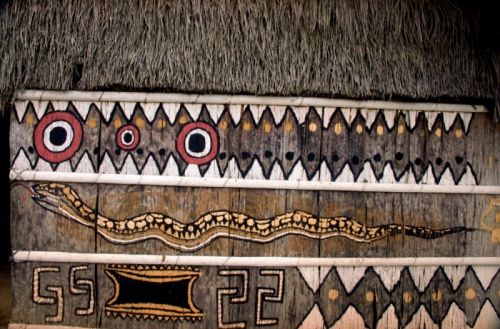 Myths
Myths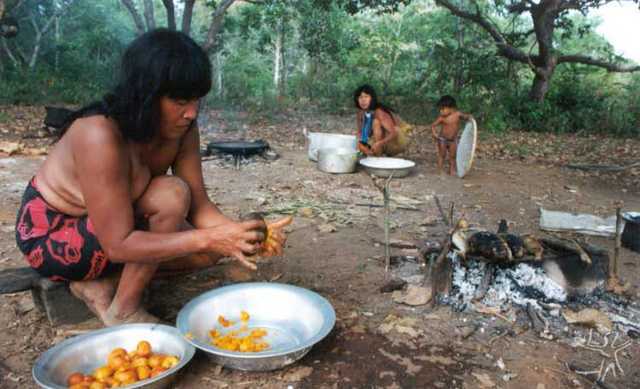 Food
Food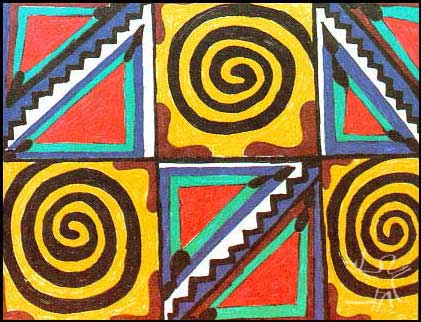 How they live
How they live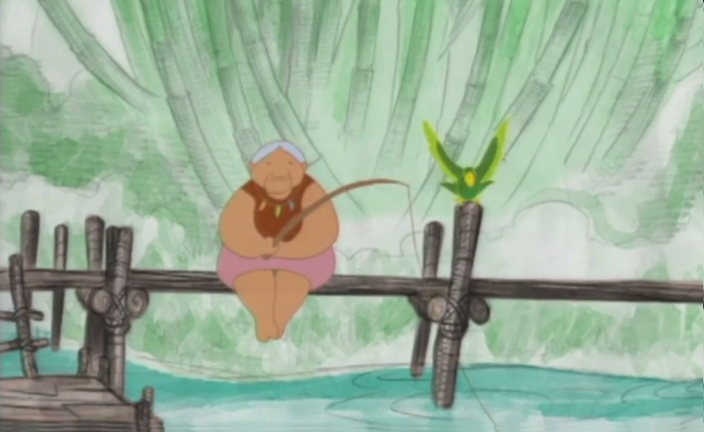 Ilya e o fogo
Ilya e o fogo String figures: Ketinho Mitselü
String figures: Ketinho Mitselü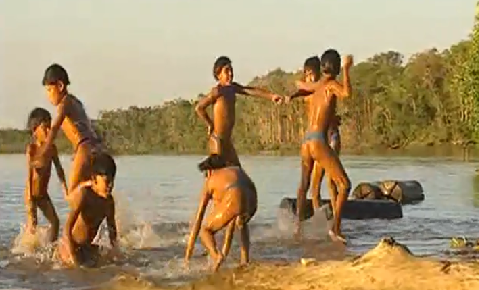 Toys and games of the Kalapalo: Ikidene
Toys and games of the Kalapalo: Ikidene